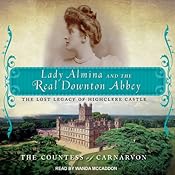The book's protagonist, Liam McGreggor, is a refreshing change of pace from the typical male characters in YA romance. Liam is a lonely, soft-spoken, alienated young orphan who finds himself trapped, both figuratively and literally, by his home and its inhabitants. As one of the residents on the island of Dochas Liam grew up hearing the stories of the Otherworlders, the mythical beings of Irish folklore, that the other residents of Dochas believe cursed Liam, leaving him crippled. This is yet another aspect that sets Liam apart from males in other YA stories, though he learns to live and cope with the impairment and with the treatment he receives on Dochas.
The bright spot in Liam's life is Annabelle Leighton, a young socialite who Liam first met as a child and one of two people in his life who has every looked on him with kindness. When Anna returns to Dochas after a long absence Liam's feelings intensify and the young couple must work through both the Otherworldly and societal challenges posed to their relationship. It is also up to Liam and Anna to bring justice to her uncle who was believed to have died on Dochas 18 years previously.
I would highly recommend this book to anyone who is looking for a YA romance that does not follow the typical pattern. While the romance between Liam and Anna may be a bit rushed, the challenges they face, especially the ones posed by society, have a ring of truth that is both compelling and endearing. In addition, anyone who has an interest in Celtic folklore should pick up Ashes and Waves for a quick read. Mary Lindsey treats creatures such as selkies, the Na Fir Gohrm, and the bean sidhe with great respect.
Ashes on the Waves book trailer

